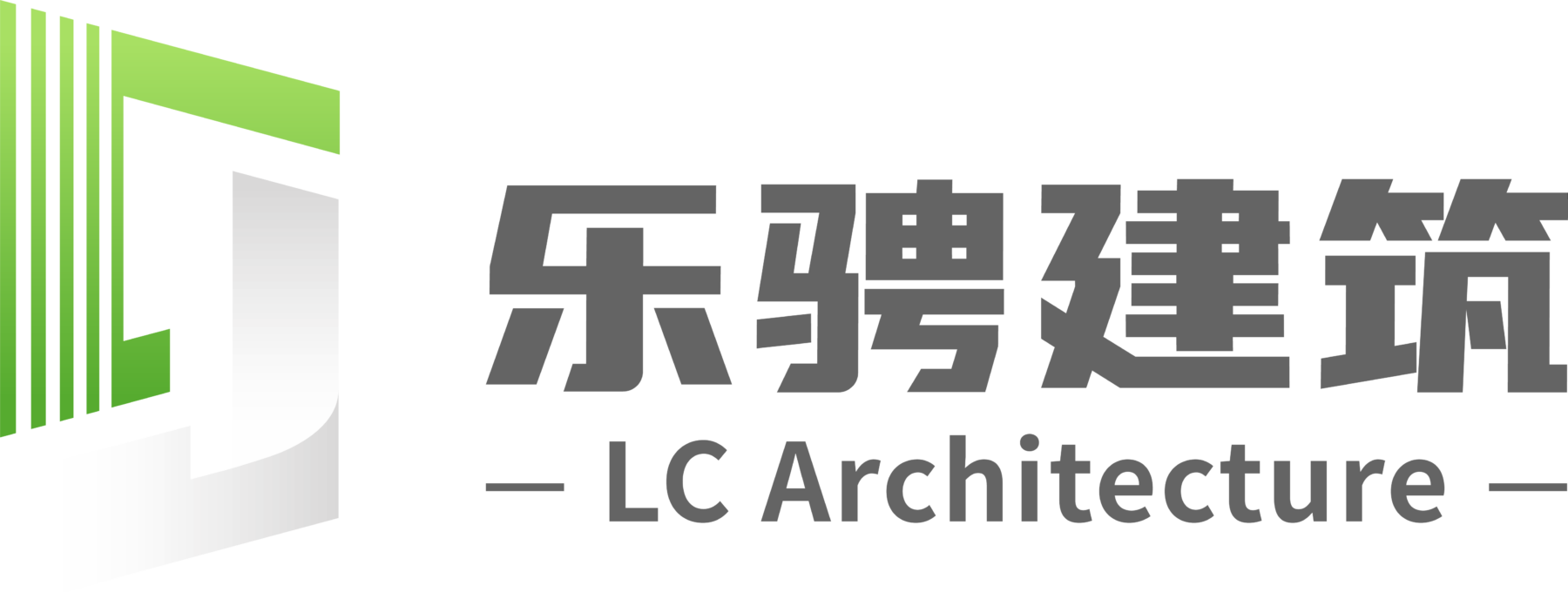This website uses cookies so that we can provide you with the best user experience possible. Cookie information is stored in your browser and performs functions such as recognising you when you return to our website and helping our team to understand which sections of the website you find most interesting and useful.

Introduction

Ensure there are results-oriented targets that provide guidelines, and technologies that provide solutions, to achieve Net Zero.

Readiness Goal 2.1
Readiness Goal 2.1: Achieve public and private sector consensus on a clear and agreed definition of net zero
Intent: Establish a common and understandable net zero target for organisations within the built environment. Through quantifying an organisation’s emissions, allow the clear identification of the net zero target and the emission sources.
Indicator 2.1.1: Define, as an organisation, what net zero means. (e.g. does off-site renewable energy, carbon credits, reforestation efforts count? Will the organisation targeting net zero for scope 1, 2 or all 3?).
Indicator 2.1.2: Conduct a carbon audit of the organisation, covering at least scope 1 and 2, using the GHG Protocol Corporate Standard (or equivalent). Alternatively, adopt peer-reviewed/reputable carbon reporting from organisations of similar nature as a guideline to identify emissions sources within one’s organisation.
Indicator 2.1.3: Based on emissions sources identified in Indicator 2.1.2, develop and implement an organisation wide decarbonisation strategy to reduce emissions. (refer to RG 2.3 and 2.4 for more details)
Indicator 2.1.4: Building on the successes of Indicator 3, expand the strategy into a long term / generation direction towards achieving net zero. (refer to RG 2.3 and 2.4 for more details).

Readiness Goal 2.2
Readiness Goal 2.2: Garner public commitments from industry leaders towards net zero
Intent: Demonstrate the organisation’s recognition that achieving net zero will grant competitive advantage in future climate scenarios.
Indicator 2.2.1: Express intent to, or commit assets under direct control to reduce (and compensate where necessary) all operational carbon emissions by 2030. Express intent to, or commit new developments and major renovations under direct control to reduce and compensate (for residual upfront emissions) embodied carbon emissions by 2030.
Indicator 2.2.2: Disclose and assess annual asset and portfolio operational energy demand and carbon emissions. Disclose whole life carbon emissions according to EN 15978 or other accepted national standard.
Indicator 2.2.3: Act to achieve maximum emission reductions with key actions and milestones towards energy efficiency and renewable energy. Act to achieve maximum emission reductions in upfront, in-use and end-of-life embodied carbon.
Indicator 2.2.4: Verify enhanced energy performance, reduced carbon emissions and progress towards net zero carbon assets and portfolio. Verify prevention strategies, LCA calculations, offsets and progress towards net zero embodied carbon assets and portfolio.
Indicator 2.2.5: Advocate for wider emissions reduction by acting as a catalyst through core organisation activities for further action within respective supply chains. Advocate for wider emissions reduction by acting as a catalyst through core organisation activities for further action within respective supply chains.

Readiness Goal 2.3
Readiness Goal 2.3: Create an energy performance improvement strategy
Intent: Encourage organisations to rethink the operational fuel and electricity consumption, corresponding to Scope 1 and 2 of the GHG Protocol, and reduce operational carbon.
Indicator 2.3.1: Implement programs that reduce and optimise energy demand. (e.g. encourage online meetings, reduce material acquisition to reduce logistics, improve operational energy efficiency.)
Indicator 2.3.2: Adopt materials and technologies at scale that reduces cooling and/or heating demand. Adopt energy recovery technologies wherever possible. Switch to renewable energy sources for cooling and/or heating needs.
Indicator 2.3.3: Promote the provision of energy, logistic and materials with net zero in mind.
Indicator 2.3.4: Adopt electrification to the largest possible extent to move away from using fossil fuels.
Indicator 2.3.5: Offset residual operational emissions using high quality, credible compensation activities.

Readiness Goal 2.4
Readiness Goal 2.4: Create an embodied carbon performance improvement strategy
Intent: Encourage organisations to rethink their embodied carbon from the up and downstream, corresponding to Scope 3 of the GHG Protocol, and improve carbon performance though prevent, reduce & optimise, plan and compensate.
Indicator 2.4.1: Avoid embodied carbon from the outset by considering alternative strategies to deliver the desired function.
Indicator 2.4.2: Evaluate each design choice in terms of the upfront carbon reductions and as part of a whole lifecycle approach
Indicator 2.4.3: Take steps to avoid future embodied carbon during and at end of life of product/asset.
Indicator 2.4.4: Offset residual embodied emissions using high quality, credible compensation activities.

Readiness Goal 2.5
Readiness Goal 2.5: Implement policies and expand infrastructure works that allow integration of renewable energy to facilitate net zero ready
Intent: Promote integration of renewable energy sources in the energy grid.
Indicator 2.5.1: Adoption of energy storage technologies to accommodate fluctuating renewable energy generation.
Indicator 2.5.2: Expand transmission lines to more and varied renewable energy sources to reduce generation volatility.
Indicator 2.5.3: Support distributed generation through expanding of distribution lines to possible generation sides, complemented with policy supporting / infrastructure addition of bi-directional energy meter.
Indicator 2.5.4: Adoption of policies that support electricity load demand-side management to balance generation and loading.
Indicator 2.5.5: Adoption of smart meter to allow renewable energy owners to prioritise renewable energy usage. Existence of policies that encourage renewable energy generation data to be shared with utilities providers to support integration and planning for overall grid flexibility.

Readiness Goal 2.6
Readiness Goal 2.6: Implement policies and processes that allow the establishment of an embodied carbon benchmark. Thereafter, through continuous data collection, conduct periodic updates of the benchmark
Intent: Encourage organisations to collect and report embodied carbon footprint performance with accuracy and transparency. Provide organisations with a yardstick to assess their performance.
Indicator 2.6.1: Standardisation of Life Cycle Assessment (LCA) methods, scope and reporting methods. (e.g. reference to 1.1.3)
Indicator 2.6.2: Existence of national (or adoption from relevant sources) built environment LCA dataset using third party verified Environmental Product Declarations (EPD) report.
Indicator 2.6.3: Adoption of policies/practices to track and record building material quantities.

Readiness Goal 2.7
Readiness Goal 2.7: Develop and implement a recognised net zero certification scheme
Intent: Provide recognition for achieving the best-in-class carbon efficient buildings. Allow organisations to demonstrate innovation in achieving net zero.
Indicator 2.7.1: Existence of operational carbon performance reporting and verification process.
Indicator 2.7.2: Existence of embodied carbon performance reporting and verification process.
Indicator 2.7.3: Existence of incentives and/or public recognition to encourage completion of Indicators 2.7.1 & 2.7.2.

Readiness Goal 2.8
Readiness Goal 2.8: Develop and implement a green product certification scheme
Intent: Provide recognition for material suppliers that achieve the best-in-class carbon efficient products. Allow organisations to opt for certified low carbon products.
Indicator 2.8.1: Existence of green product procurement guideline.
Indicator 2.8.2: Adoption of green product certification scheme.









